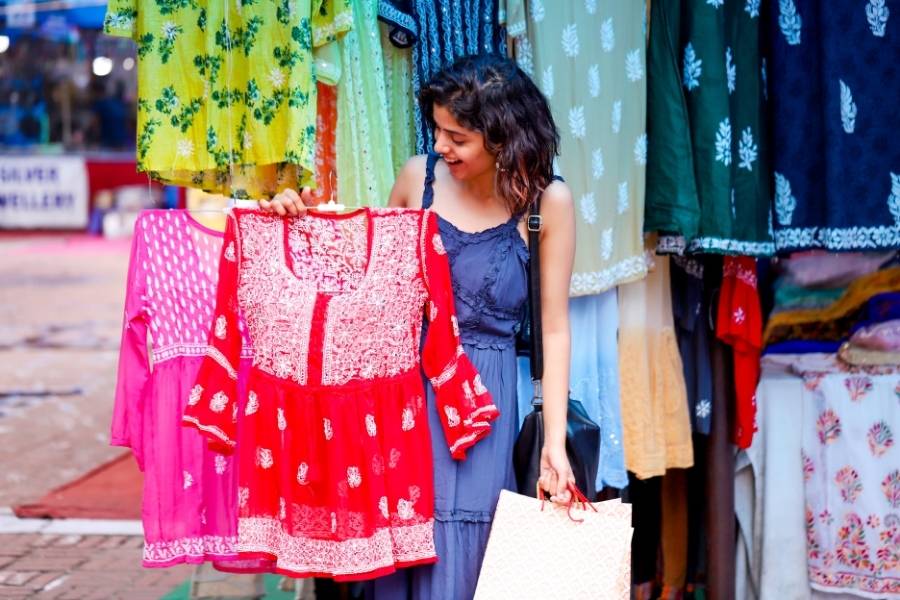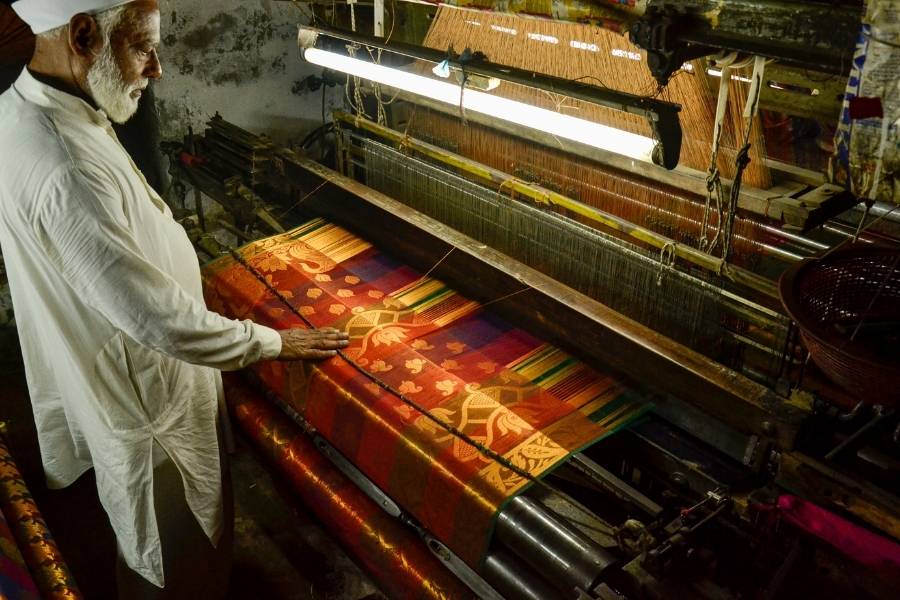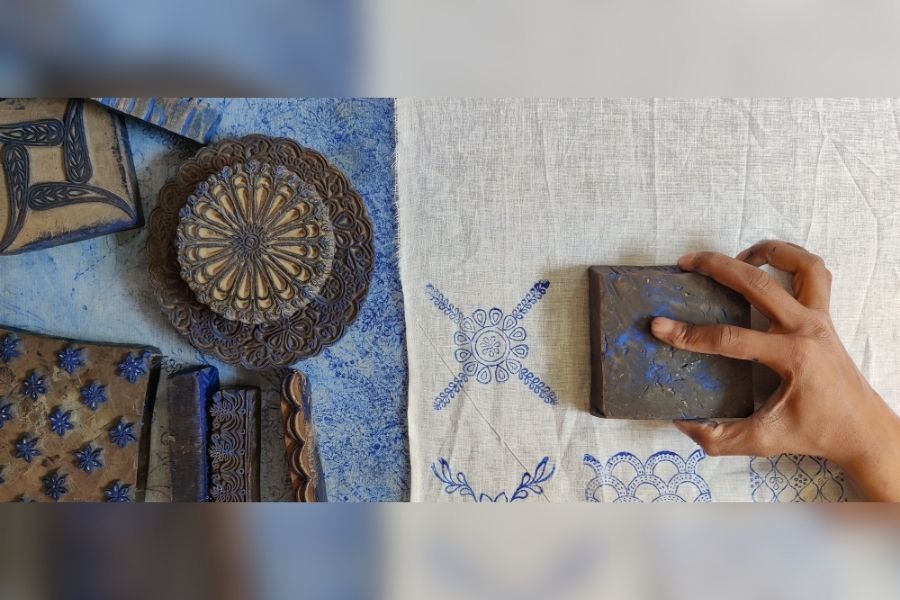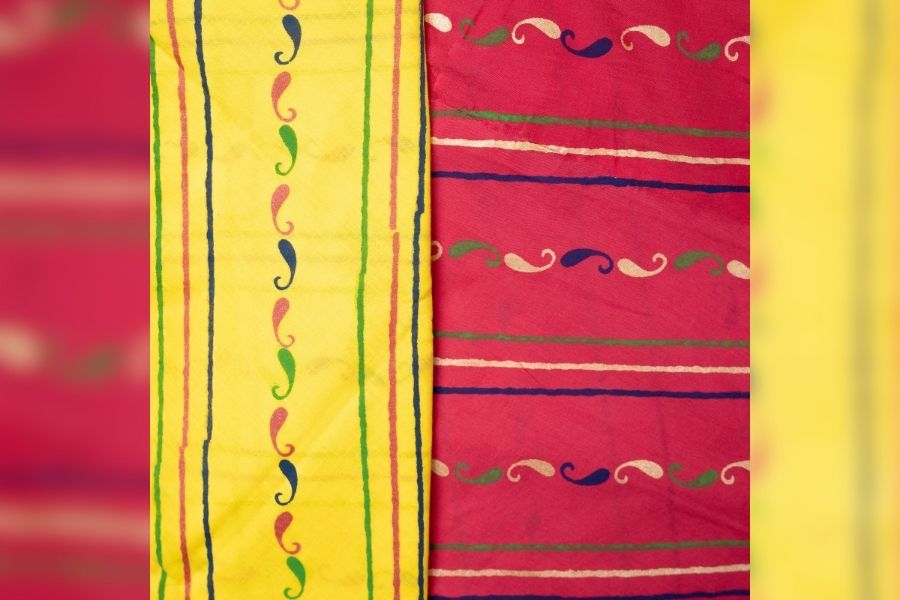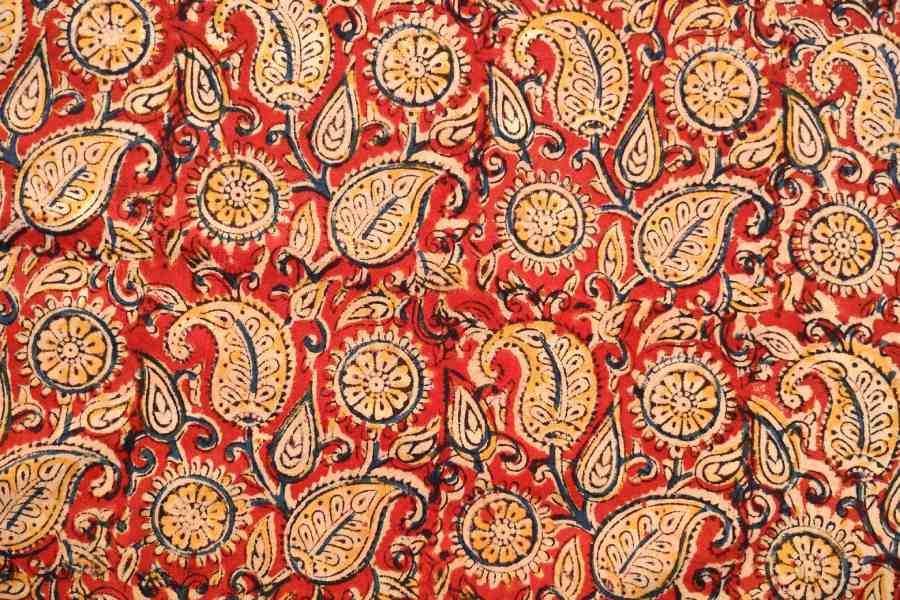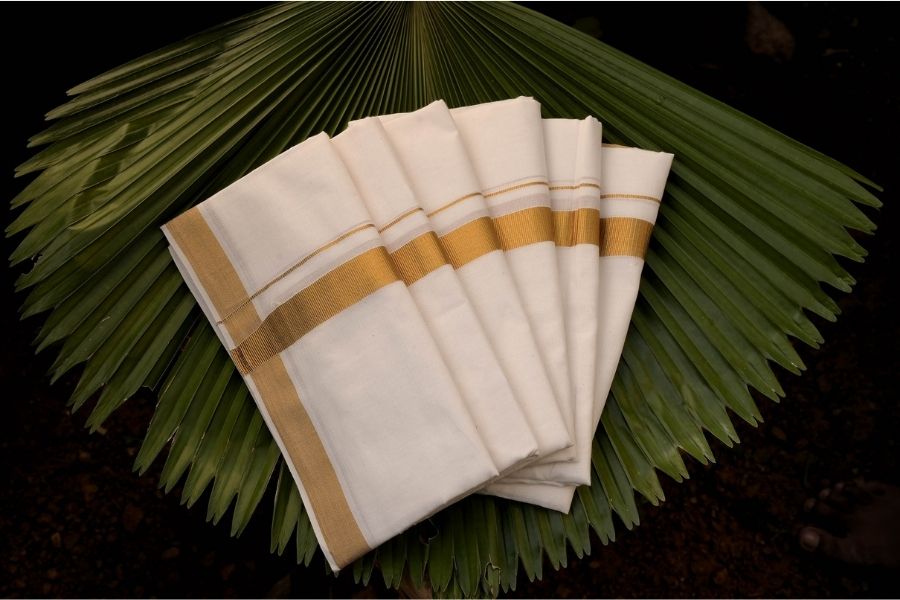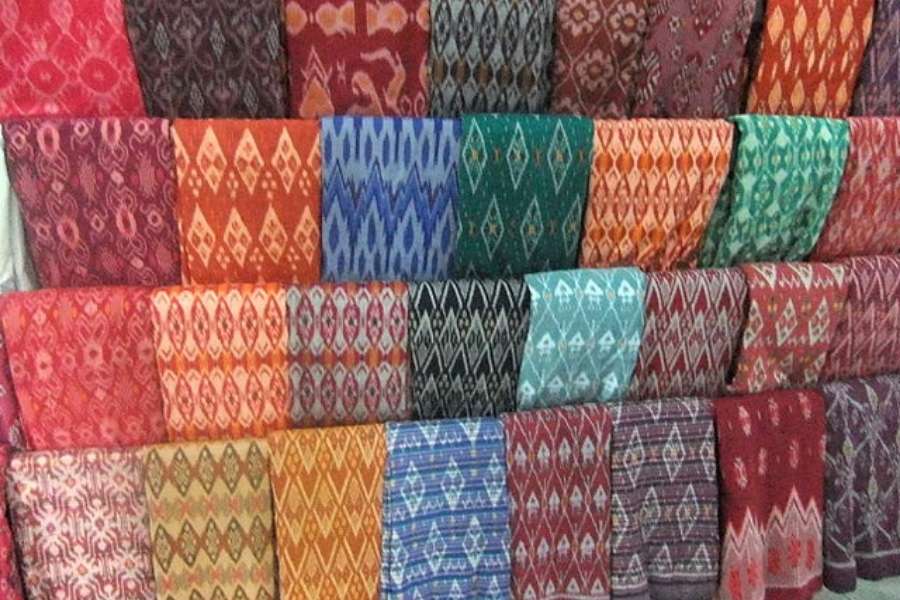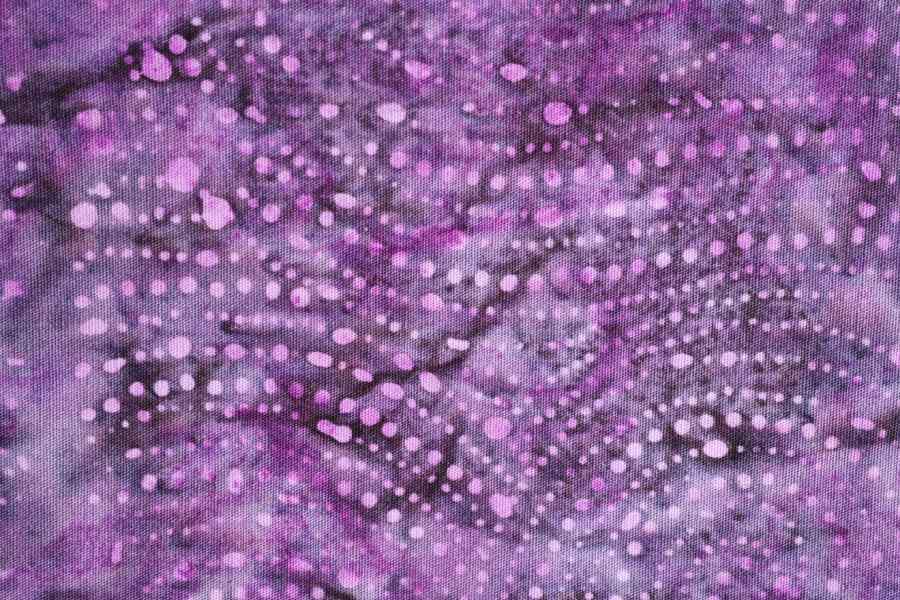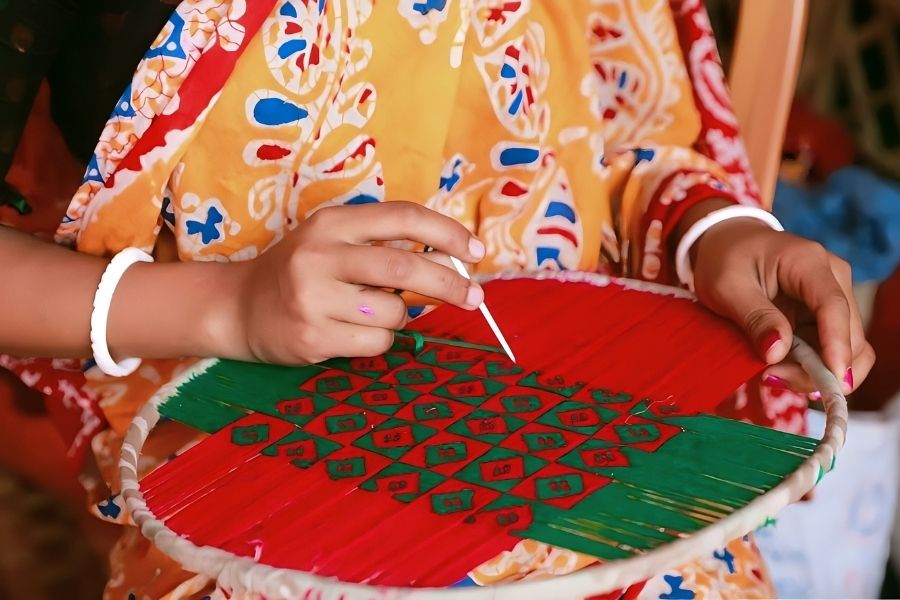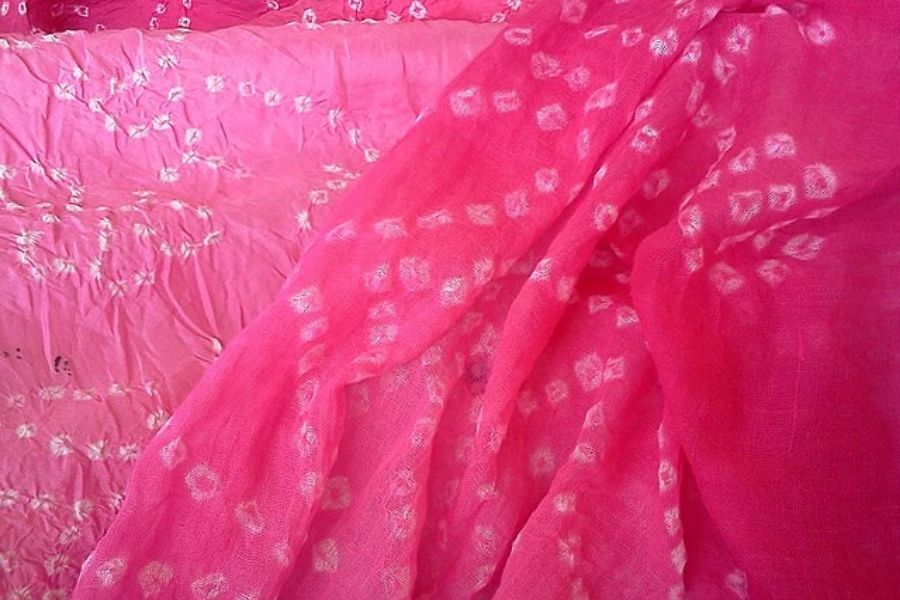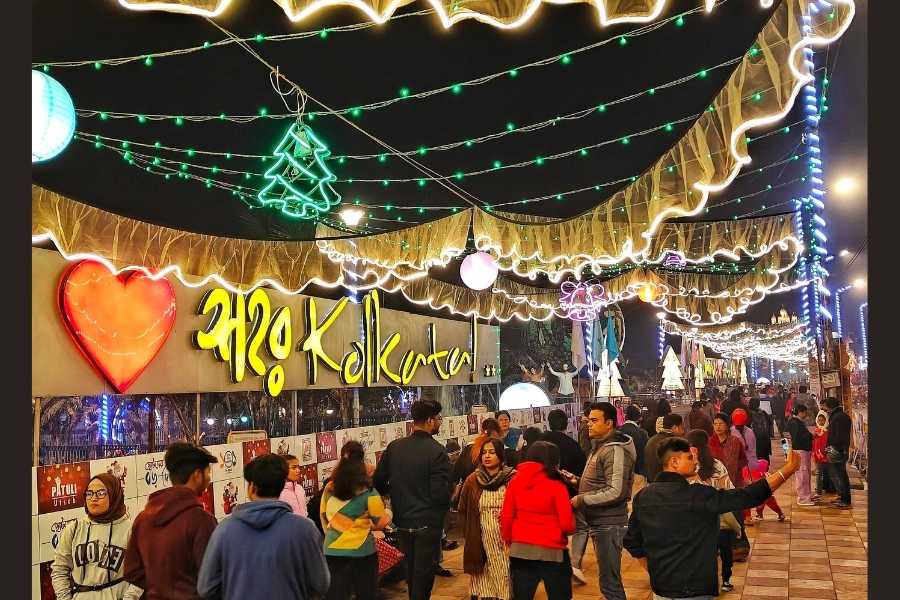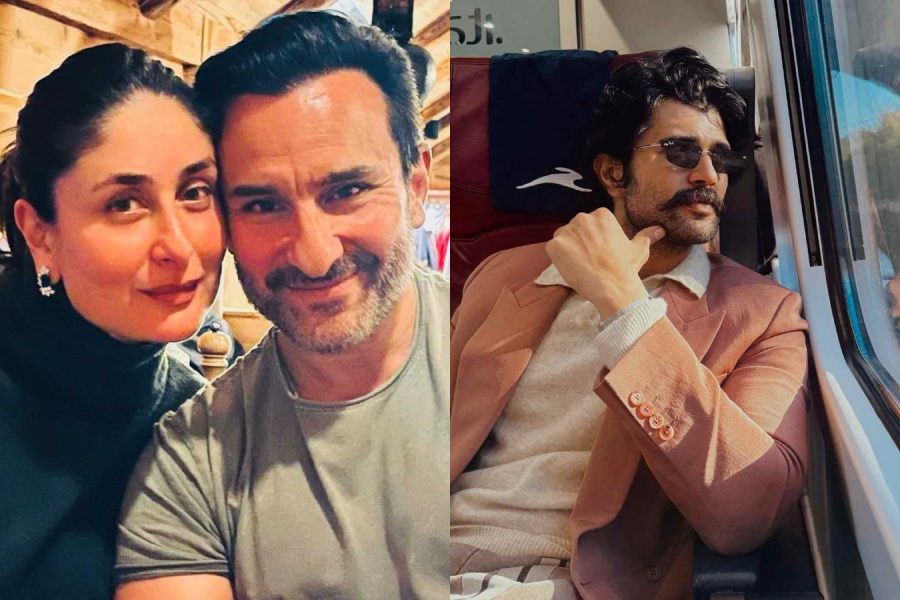Keeping your outfits easy-breezy, but stylish during the humid summer months is a chore. But, if you invest in soft fabrics in pretty hues and prints, you can curate many looks out of them. India, the land of many dyeing techniques and textiles, has options from all four corners that are fashion investments and have a long shelf life. My Kolkata decodes a few popular textile fabrics from India and where you can find them in Kolkata.
Banarasi Silk from Uttar Pradesh
Silk can be worn in summer, though not as daily wear. But, it is perfect for summer weddings or parties. Banarasi silks, with prints or monochrome, come in rich hues. Traditional Banarasi silk comes with gold or silver zari work and the intricate design adds aesthetic appeal to the fabric. The designs are inspired by the Mughal era, with motifs based on nature, and often, the sights of Varanasi.
Chikankari from Uttar Pradesh
Chikankari has a separate fanbase for its breathtaking embroidery. Usually a white-on-white fabric, where the base cloth and the embroidery are from the same colour family, this traditional style turns a simple cloth into an elegant fit. Chikankari is usually done on cotton, but is also available in georgette and muslin too. Did you know: the word ‘chikan’ comes from the Persian word ‘chakin’, which means embroidery.
Chanderi from Madhya Pradesh
From the central part of the country — chanderi is the perfect buy if you love breathable, lightweight fabrics. The zari work on chanderi is usually in gold or silver thread. A common motif used on this fabric is the buti (small round motifs). Chanderi comes from its namesake town in Madhya Pradesh, and is one of the examples of handwoven artistry of India. It is a blend of cotton and zari.
Kalamkari from Andhra Pradesh
Love hand prints? Then kalamkari is a must for your wardrobe. The soft cotton textile with floral patterns, mostly in red or maroon hues, is soothing to the eyes and easy to wear during the hot summer months. Kalamkari is done in two styles — Machilipatnam and Srikalahasti. The words ‘kalam’ and ‘kari’ mean ‘pen’ and ‘work’ respectively. The intricate detailing of the patterns make this textile a fashion hit.
Kasavu from Kerala
Popularly known as Kerala Cotton, Kasavu is a traditional weave of golden zari bordered on a cream or an off-white fabric. Kasavu is the golden thread used on the fabric and is used in both saris and mundus (dhoti or sarong for men). This textile is used in ceremonies in Kerala and is an intrinsic part of Onam celebrations.
Sambalpuri Ikat from Odisha
Ikat is a well-known dyeing technique of India, and Sambalpuri ikat is a textile that is known for its softness and pleasing colour schemes. Ikat is also done in Andhra Pradesh and Gujarat. In Sambalpuri ikat, the threads undergo two processes – tie and dye, and then handwoven into a cotton fabric.
Batik from West Bengal
Batik is another dyeing technique like ikat, and it is done on cotton handloom or on silk. It is also done in Tamil Nadu and Gujarat. Batik is done using the wax resist dyeing technique. The various forms of this textile type are written, painted, and stamped batik.
Phulkari from Punjab
Phulkari is all about floral work, and is a stitching pattern that is done with a silk thread on coarse cotton and also on silk. The textile is known for its bright finish and celebrates the tradition of hand embroidery in India.
Bandhni or Bandhej from Gujarat and Rajasthan
Based on cotton, bandhni or bandhej is made by knotting the fabric in various places and applying the tie-and-dye technique. The knotted parts do not catch the colour and give a dual-tone or triple-tone effect, based on the number of colours used in the fabric. Bandhni is done on cotton as well as on muslin and mulmul, among the softer fabrics.
Where to find them in Kolkata
The best place to shop fabric in Kolkata is from Dakshinapan in Dhakuria and Uttarapan in Kankurgachi. These buzzing shopping destinations have state emporiums from almost all the states in India, and have a wide array of regional fashion options. From unstitched fabric to semi-stitched ethnic fits and fully stitched salwar-kameez sets and kurtas, the options leave lots of room to get creative. The shops also have a diverse range of saris popular in the various states that can be worn as they are or can be given a creative twist.
